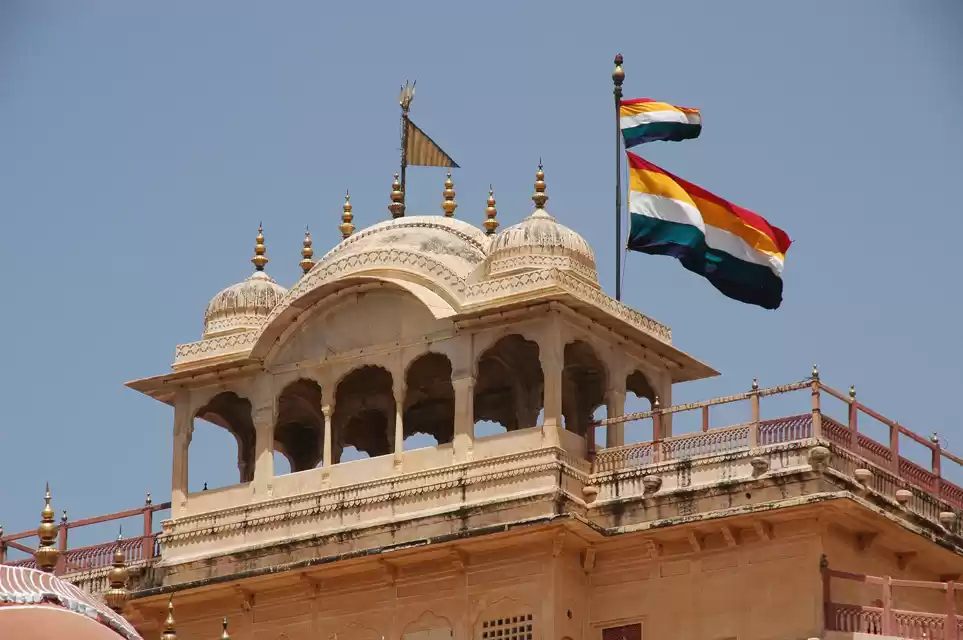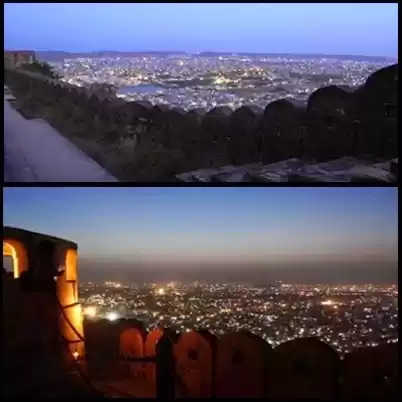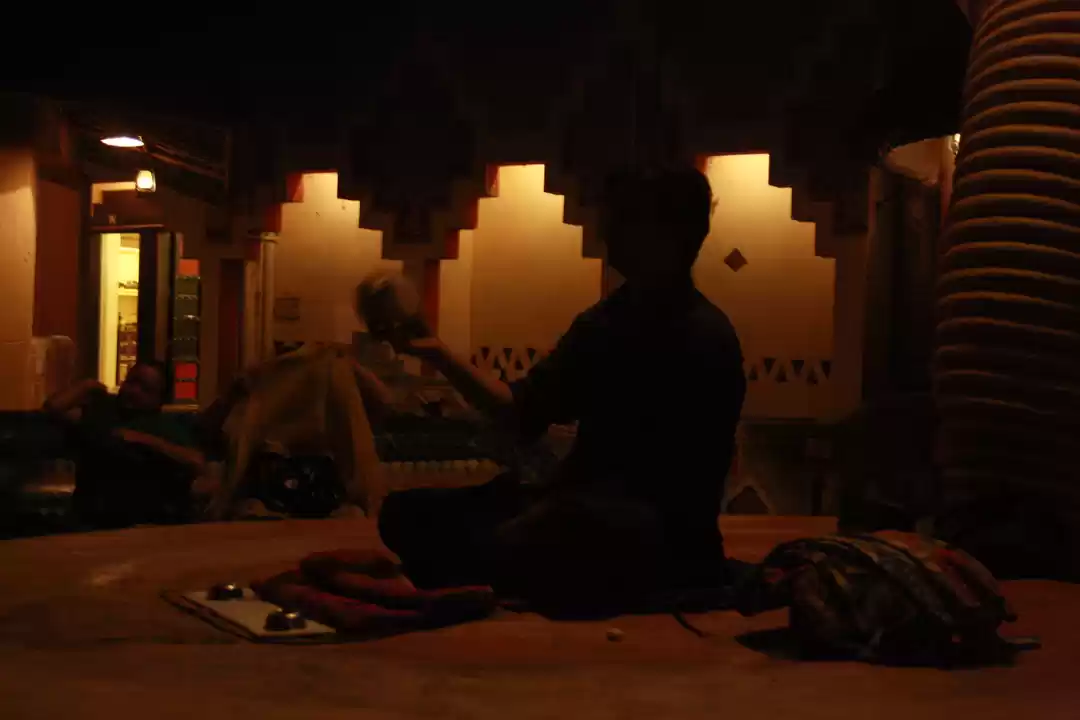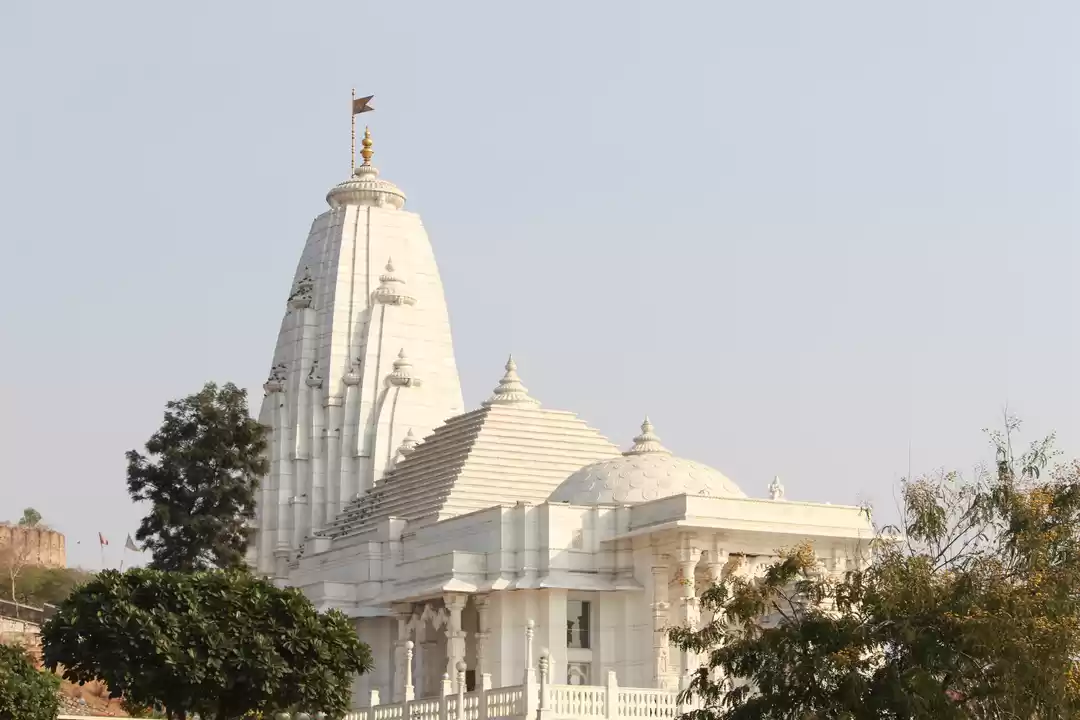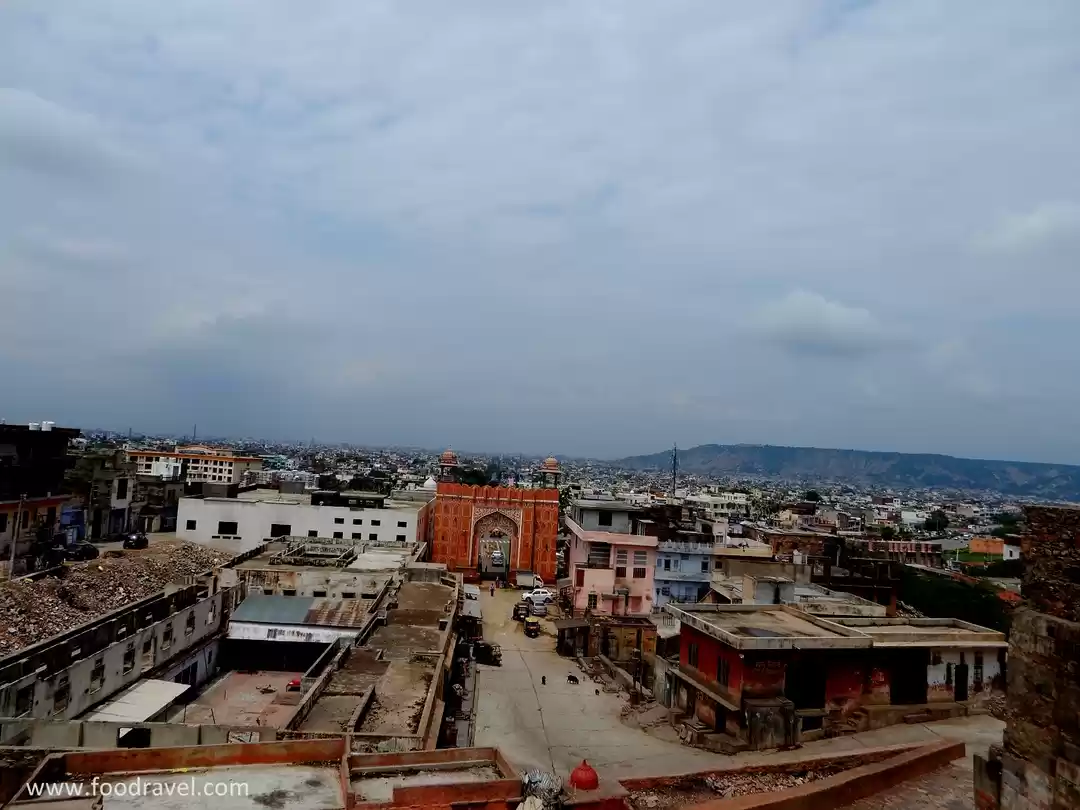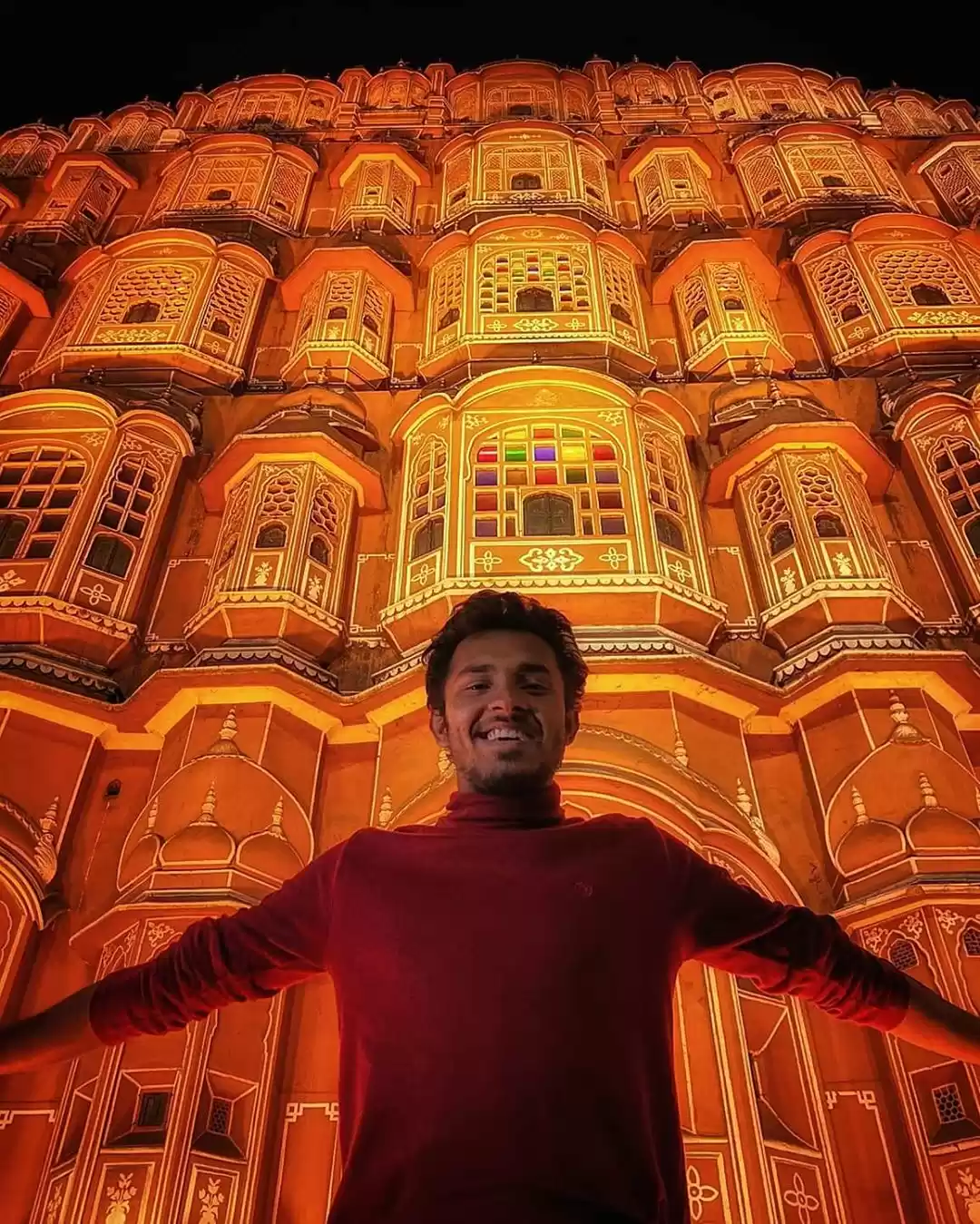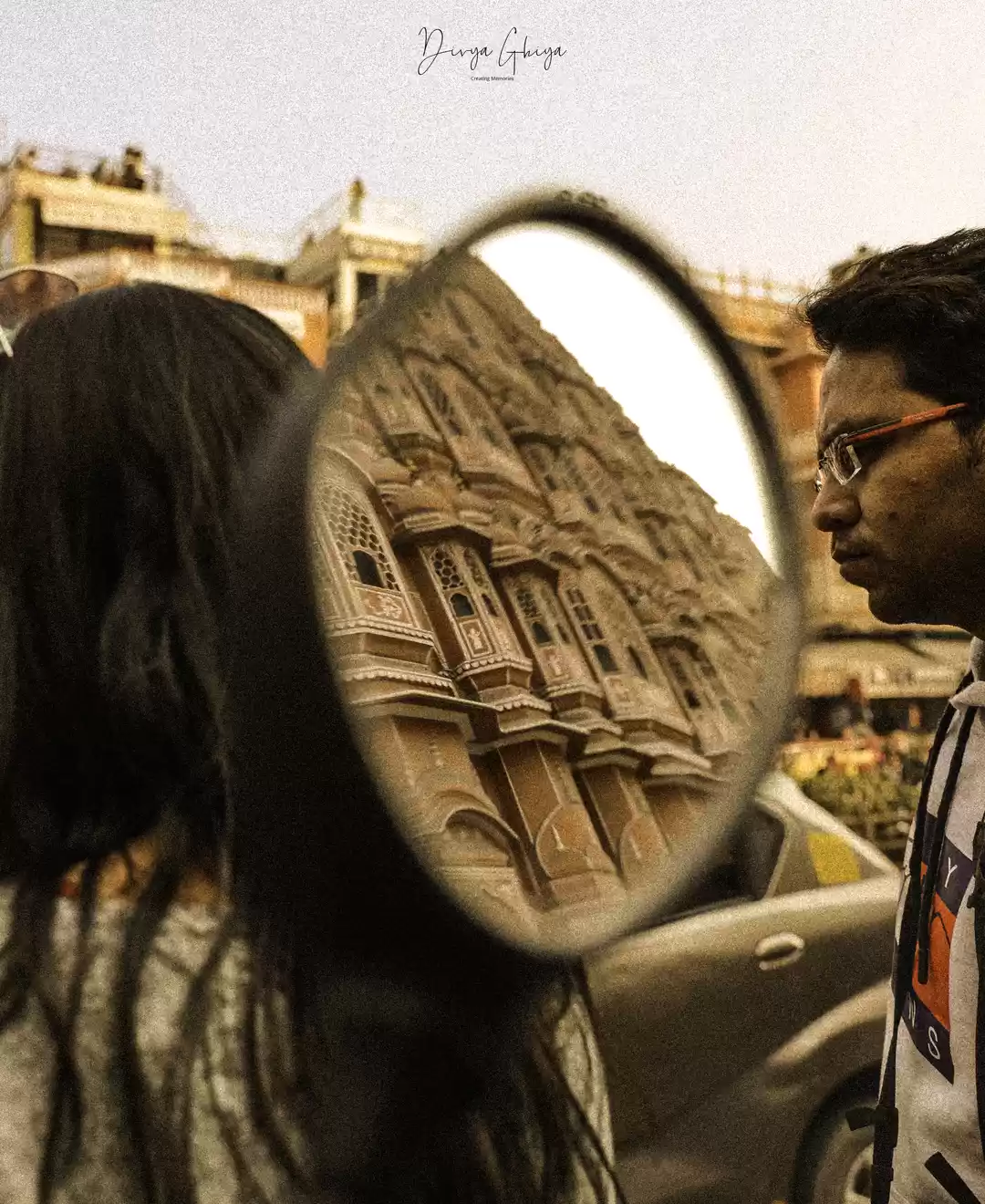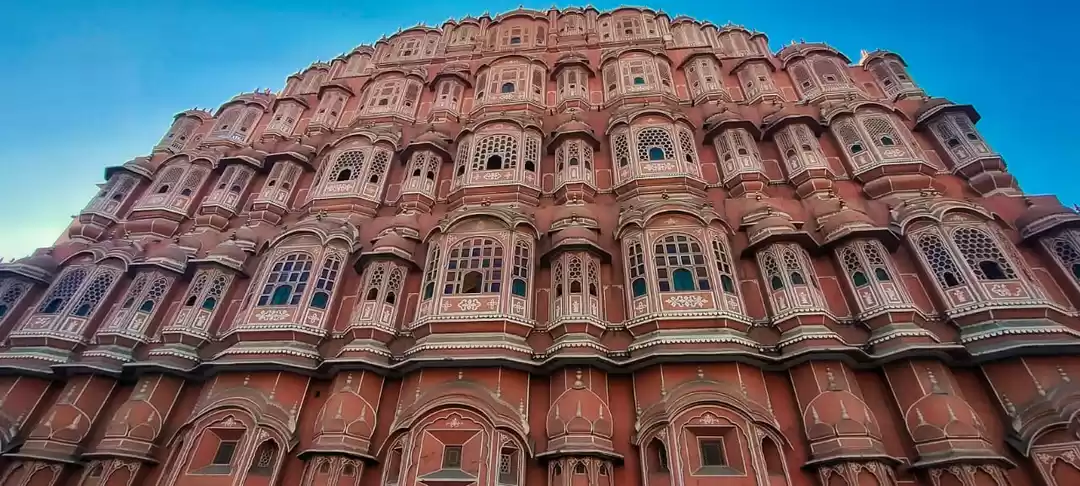Hawa Mahal, the Palace of Winds, in Jaipur is one of the most iconic landmarks of the Pink City of India in Rajasthan. It is a palace with 953 windows or jharokhas that let in the cool air and offer a stunning view of the city. The fifth floor of the palace, known as Hawa Mandir, is where the name "Hawa Mahal" comes from.
Built in 1799 by Maharaja Sawai Pratap Singh as an extension to the Royal City Palace of Jaipur. The palace is a major attraction in Jaipur and is known for its unique architectural style, which is a blend of Mughal and Rajput styles, and its intricate carvings.
What is Hawa Mahal?

- Built by Maharaja Sawai Pratap Singh in 1799, the palace was designed by Lal Chand Ustad.
- Hawa Mahal is renowned for its unique facade, which resembles a honeycomb and is adorned with 953 small windows, known as jharokhas.
- Constructed using pink sandstone, the palace features a five-story exterior, each floor having a uniquely designed jharokha.
- The design was inspired by the Khetri Mahal in Jhunjhunu, reflecting the Maharaja's devotion to Lord Krishna.
- The jharokhas are intricately designed with latticework, allowing cool air to pass through and providing ventilation.
- Originally built as an extension of the City Palace, it served as a royal retreat for the women of the royal family.
- The jharokhas were used by the royal ladies to observe street processions and festivals without being seen, in adherence to the purdah system.
Must Read: Have you ever been to Pushkar?
Structure Of Hawa Mahal

Hawa Mahal has five floors, each with a unique name and function.
- 1st Floor (Sharad Mandir): Used for autumn celebrations.
- 2nd Floor (Ratan Mandir): Adorned with glasswork and mirrors.
- 3rd Floor (Vichitra Mandir): Used for worshipping Lord Krishna.
- 4th Floor (Prakash Mandir): Venue for evening light shows.
- 5th Floor (Hawa Mandir): Offers a panoramic view of the city.
953 Jharokhas: Decorated with intricate latticework and domes.
Natural Ventilation: Windows allow cool air circulation, keeping the palace comfortable in summer.
Panoramic View: Jharokhas offer views of the City Palace, Jantar Mantar, and Amber Fort.
Museum: Hawa Mahal houses a small museum displaying relics and paintings related to the royal family and Jaipur's history.
Must Read: Best Weekend Trips In Jaipur This 2024
Timings & Entry Fees Of Hawa Mahal

Opening Hours: Hawa Mahal is open from 9:00 AM to 4:30 PM every day except Friday
Cost of Visit: The entry fee for Indians is ₹50, while for foreign tourists, it is ₹200.
Composite ticket: Rs. 300 for Indians and Rs. 1000 for foreigners
Best Places To Stay Near Hawa Mahal
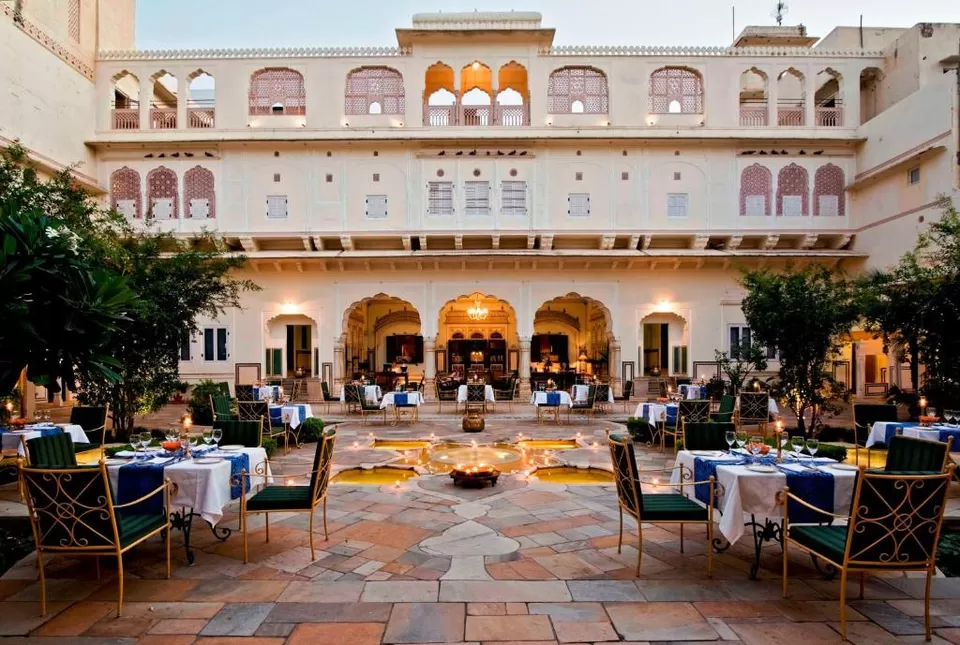
If you are planning to visit Hawa Mahal, you might want to stay at some of the best places near it. Here are some of the options that you can consider:
Samode Haveli: This is a 175-year-old mansion that was once the residence of the Samode rulers & now converted into a luxury hotel. The hotel also has a spa, a fitness center, a jacuzzi, and a puppet show or a Rajasthani folk performance in the evening.
Trident Jaipur: This is a 5-star hotel offering views of the Mansagar Lake and Jal Mahal. The hotel has 132 airy and well-lit rooms for one to choose from. The hotel also has a spa, a swimming pool, a fitness center, and a kids’ club.
Golden Tulip Essential Jaipur: This is a 4-star hotel that provides its guests with comfortable and spacious rooms with modern amenities. The hotel also has a restaurant, a bar, a coffee shop, and a rooftop terrace.
Must read: Shopping places in Jaipur you cannot miss
Festivals To Enjoy While Visiting Hawa Mahal

There are several cultural events and festivals in Jaipur that coincide with the best time to visit Hawa Mahal (October to March). Some of these include:
Jaipur Literature Festival: Usually held in January, this festival is one of the largest literary festivals in the world, featuring authors, poets, and speakers from around the globe.
Elephant Festival: Celebrated on the day of Holi, usually in March, this festival features elephant parades, cultural performances, and games.
Jaipur International Film Festival: Held in January, this festival showcases a wide range of films from around the world.
Kite Festival: Celebrated on Makar Sankranti in January, this festival sees the skies of Jaipur filled with colorful kites.
Gangaur Festival: Celebrated in March or April, this festival is dedicated to the goddess Gauri and involves colorful processions and cultural performances.
Places To Visit Near Hawa Mahal

Nahargarh Fort: (2 kilometers from Hawa Mahal) Nahargarh Fort offers breathtaking panoramic views of Jaipur city. The historic fort also has a charming café where you can relax and enjoy the scenery.
City Palace: (850 meters from Hawa Mahal) City Palace is a splendid blend of Rajput and Mughal architecture. Explore its opulent courtyards, intricate designs, and royal artifacts. Don’t miss the mesmerizing Peacock Gate and the museum inside.
Jantar Mantar: (700 meters from Hawa Mahal) Jantar Mantar is an ancient astronomical observatory with fascinating geometric instruments. Learn about celestial measurements and witness the world’s largest stone sundial.
Jaipur Zoo: (2 kilometers from Hawa Mahal) Jaipur Zoo houses diverse wildlife, including tigers, leopards, and exotic birds. It’s a great place for families and animal lovers.
Birla Mandir (Laxmi Narayan Temple): Birla Mandir is a serene white marble temple dedicated to Lord Vishnu and Goddess Laxmi. The intricate carvings, peaceful ambiance, and city views make it a spiritual and architectural delight.
Best Time To Visit Hawa Mahal
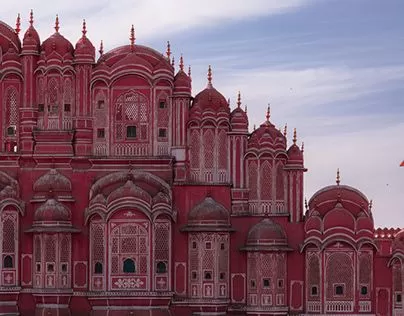
Best Season to Visit: October to March offers pleasant and cool weather, ideal for visiting Hawa Mahal.
Peak Tourist Season: Expect more crowd and higher prices during this time, as it's the peak tourist season in Jaipur.
Off-Season Visit: April to June is less crowded and cheaper, but prepare for hot and dry weather. Carry water and sunscreen.
Monsoon Season Visit: July to September offers humid and rainy weather. It's the off-season, so you can enjoy lower prices and less crowd.
Planning for a Jaipur Trip? Customize your own Jaipur Tour Package
How To Reach Hawa Mahal
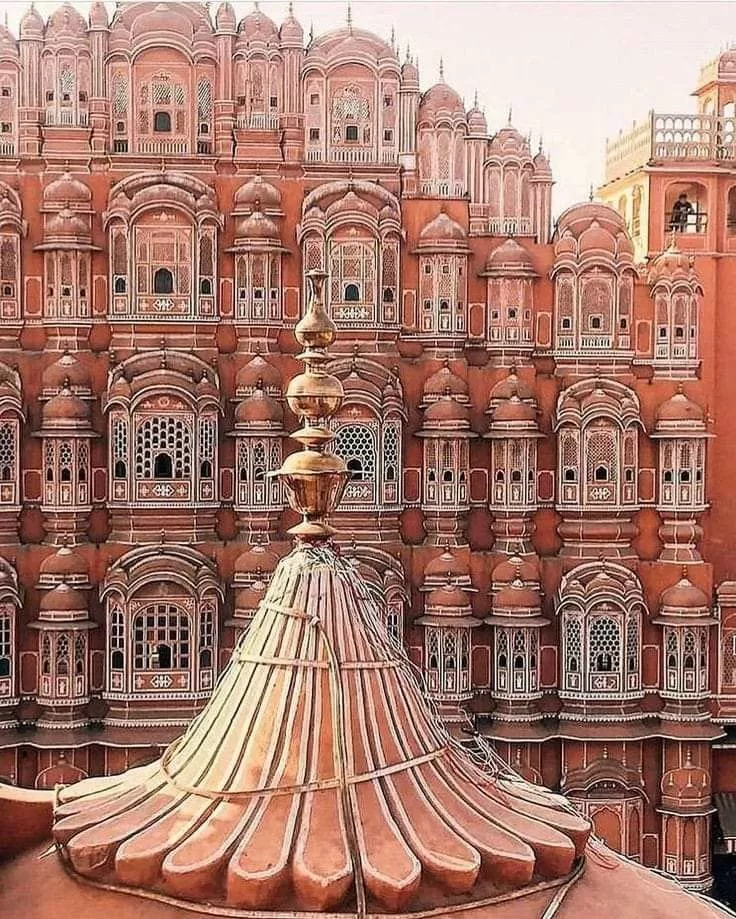
By Road:
Road Connectivity: Hawa Mahal is centrally located in Jaipur, near Badi Chaupad, and easily accessible by road from any part of the city.
Transport Options: You can reach Hawa Mahal by taxi, auto-rickshaw, local bus, or Jaipur Metro, which connects various parts of the city.
By Rail:
Nearest Railway Station: Jaipur Junction is the main railway station, approximately 5 kilometers away from Hawa Mahal.
Travel Time: It takes around 8 to 10 minutes to travel from Jaipur railway station to Hawa Mahal.
By Air:
Nearest Airport: Jaipur International Airport is the closest airport to Hawa Mahal, about 13 kilometers away.
Airport Connectivity: From the airport, you can take a taxi or pre-booked cab (e.g., Uber) to reach this iconic palace.
Tips For Visiting Hawa Mahal

- Visitors are required to wear appropriate clothing that covers the shoulders and knees, as a mark of respect.
- Photography is allowed inside Hawa Mahal, but it's advisable to check if there are any specific restrictions in certain areas.
- Smoking, eating, and drinking are not permitted inside the palace premises.
- Follow the instructions of the guides and authorities for a safe and enjoyable visit.
Must read: Explore Hawa Mahal - The most iconic location and the pride of Jaipur





























